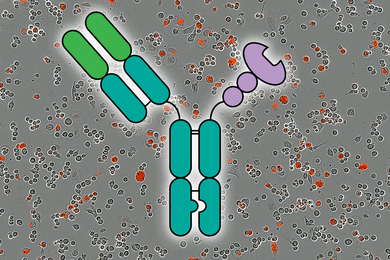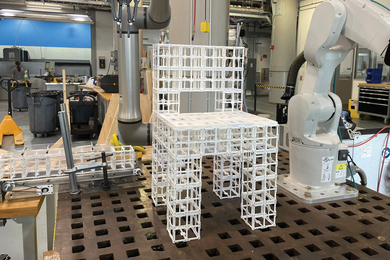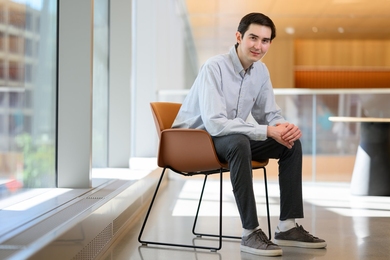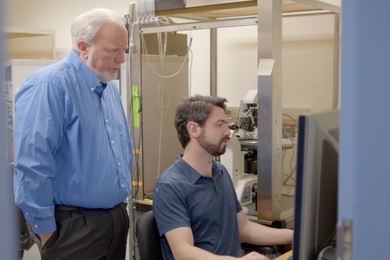A planning committee has recently been formed to develop a master plan for the future use of the Walker Memorial.
The committee is gathering thoughts and ideas from the MIT community on this subject. Community members may express their interests and ideas by e-mail to
The 13-member committee is comprised of five student representatives, one faculty member, five staff members and one alumni member. Members and their affiliations are Professor Alan Brody (faculty), John-Paul Clarke (Walker users), Katy Evanco (Graduate Student Council), Gayle Fitzgerald (Conference Services), Margaret Jablonski (Resident Campus Activities in the Dean's Office), Ted Johnson (Campus Activities Complex), Kent Lundberg (Association of Student Activities), Amy MacKay (East Campus), John McNeill (Housing and Food Services), Carrie Muh (Undergraduate Association), Michael Owu (MIT Planning Office), Bill Robert (Alumni) and Phil Walsh (Campus Activities Complex and committee chair).
The Walker Memorial Planning Committee is reviewing the building's history, its current role within the MIT community and its compliance with local and federal regulations.
Walker Memorial, built in 1916 and named after former MIT president Francis A. Walker, was designed to provide for a "student life distinctive of a college." The architect, Welles Bosworth '89-who also designed the main complex-patterned the building after the gentlemen's clubs of the 19th century, complete with social rooms, meeting rooms, offices, athletic facilities and dining rooms. It became the social center of the campus at the time, serving the needs of students, alumni and faculty alike.
The expansion of the MIT student body in the 1940s and 1950s and the westward expansion of residences shifted the social center of gravity on campus to the west campus. Walker Memorial, unable to meet these new needs, was succeeded as the center of student life by the Julius Adams Stratton Building, which opened in 1965. Walker became a home for campus activities that the Student Center could not accommodate. In the course of these changes, some of the original spaces in the building were subdivided to meet student activity needs. Although some periodic renovations have occurred, none has resulted in significant improvements to the building.
Walker Memorial now houses offices for 20 student groups, the Muddy Charles Pub, Morss Dining Hall, a gym, squash courts, a dance studio, the WMBR radio station, the Pritchett food service (a cafe and convenience store), and other service and storage spaces. The building has been serving a diverse set of needs on campus but now requires extensive repair. Input from the community is needed before decisions about Walker's future are made.
A version of this article appeared in MIT Tech Talk on March 22, 1995.





